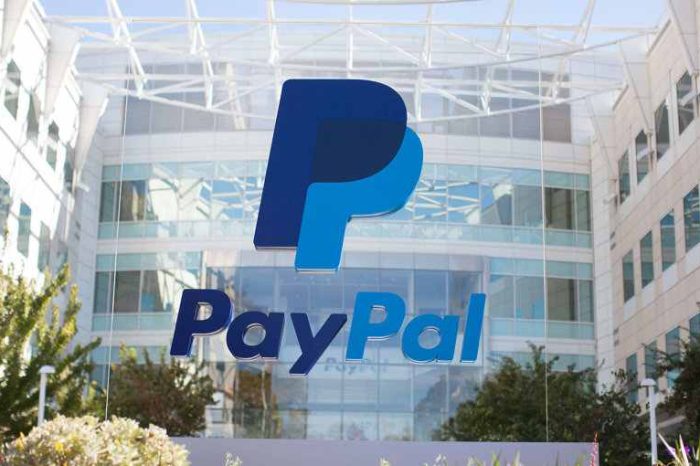VCs are sitting on top of a $300 billion pile of cash even as startups struggle to raise funding

In the world of venture capital, there’s a famous saying that goes, “Nothing ventured, nothing gained.” And this rings particularly true in recent times. According to reports from the Financial Times, venture capitalists (VCs) have amassed an astonishing $435 billion between 2020 and 2022, surpassing the previous record of $346 billion set in 2021. However, only about half of it has been put to use so far.
Despite the significant availability of VC funds and massive reserves, startups, especially those in their early stages, are encountering challenges in securing investments, the Financial Times reported.
A recent report by CBInsights indicates that venture funding dropped to $248.4 billion in 2023, marking the lowest figure since 2017. Additionally, global deal volume plummeted by 30% year-over-year to 29,303 deals in 2023, reaching a six-year low. These declines have been observed across various regions and sectors, although the fintech and retail tech sectors experienced slight increases in funding during the fourth quarter of 2023.
So, what’s behind this apparent contradiction? Why are VCs holding back while startups struggle to secure funding? Several factors come into play. First, with more capital at their disposal, VCs can afford to be discerning, often favoring established companies with lower risks and higher potential for immediate returns.
Moreover, concerns about inflation, rising interest rates, and the possibility of a recession are prompting VCs to exercise caution in deploying their capital. Many are opting to wait for market stabilization before making significant investment decisions. As noted in a recent Wired article, the era of ultra-low interest rates and astronomical investment returns on startups seems to be a thing of the past.
Furthermore, the shift towards later-stage deals is exacerbating the funding slowdown for early-stage startups. VCs are increasingly focusing on later-stage investments, such as Series C and D rounds, which offer potentially quicker returns compared to early-stage ventures. This shift is reflected in notable investments, such as Thrive Capital’s $1.8 billion investment in fintech company Stripe.
However, this cautious approach poses its own challenges for VCs. As one Silicon Valley investor pointed out, prolonged periods of inactivity can raise questions about the value of their services. Investors may start to question the purpose of their fees if VCs consistently fail to deploy their funds effectively.
Unfortunately, the consequence of VCs playing it safe is a wave of startups folding at an alarming rate. According to The New York Times, approximately 3,200 startups, collectively raising over $27 billion in VC funding, went out of business last year. Among them are notable names like Veev, Olive AI, and the infamous WeWork.
Nevertheless, the entrepreneurial spirit of Silicon Valley persists, and new opportunities are constantly emerging. As history has shown, the next groundbreaking idea is likely just around the corner, ready to capture the imagination of investors and consumers alike.

